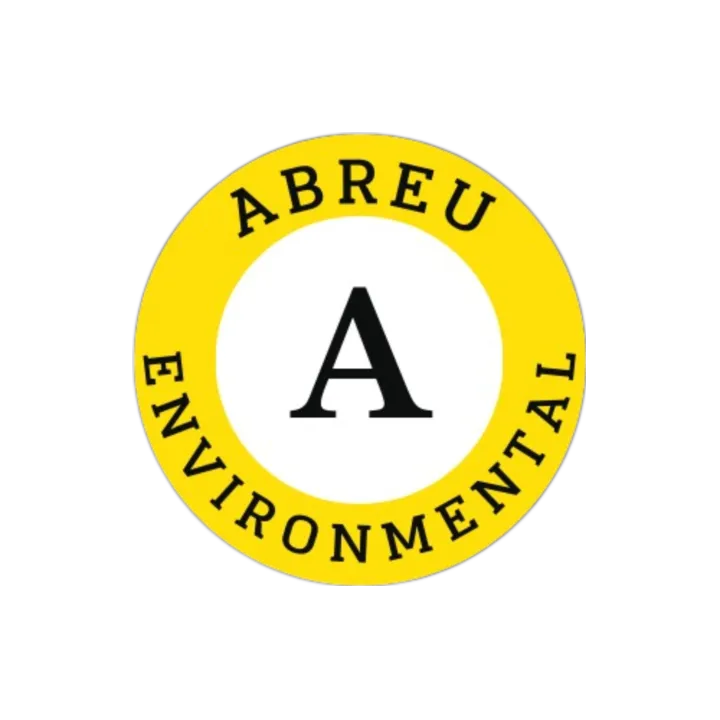HUD Lead Paint Standards
Housing and Urban Development (HUD) Lead Paint Standards are guidelines set forth by the U.S. Department of Housing and Urban Development to protect individuals, especially children, from the harmful effects of lead paint. These standards provide detailed information on the inspection, risk assessment, and abatement of lead paint in housing.
Lead paint is a significant health hazard, especially for children under six years old, as it can cause developmental and behavioral problems, and even lead to death. Children can ingest lead paint by inhaling or ingesting lead dust or by putting their hands or other objects with lead paint in their mouths. The HUD Lead Paint Standards aim to protect these vulnerable populations from exposure to lead paint in homes.
The HUD Lead Paint Standards require that all rental and owner-occupied properties built before 1978 undergo a risk assessment and lead inspection before occupancy by a new tenant or owner. A risk assessment identifies potential sources of lead, such as paint, soil, and dust, and evaluates the severity of the risk posed to occupants. If lead paint is found, the property owner must have it abated or encapsulated to make it safe for occupancy. To find a risk assessor or lead inspector, visit AbreuEnvironmental.com
The HUD Lead Paint Standards also require that landlords provide a Lead-Based Paint Disclosure to all tenants and potential buyers of a property built before 1978. The disclosure must include information about the presence of lead paint, the risk associated with it, and measures taken to address the risk.
If a property owner fails to comply with the HUD Lead Paint Standards, they may face penalties, including fines and legal action. Additionally, non-compliance with HUD lead paint standards could lead to a tenant or occupant filing a lawsuit against the landlord for negligence, putting the owner at financial risk.
It's crucial for property owners to comply with the HUD Lead Paint Standards to ensure the safety of their tenants and occupants. Landlords can take several steps to comply with these standards, such as hiring certified lead inspectors and abatement contractors, following proper procedures for lead-based paint removal, and providing the necessary documentation to tenants and buyers.
In conclusion, the HUD Lead Paint Standards are essential guidelines that aim to protect individuals, especially children, from the harmful effects of lead paint. Property owners must comply with these standards to ensure the safety of their tenants and occupants, and failure to comply can result in penalties and legal action. By following proper procedures for lead-based paint removal and providing the necessary documentation, property owners can ensure that their properties are safe for occupancy.



